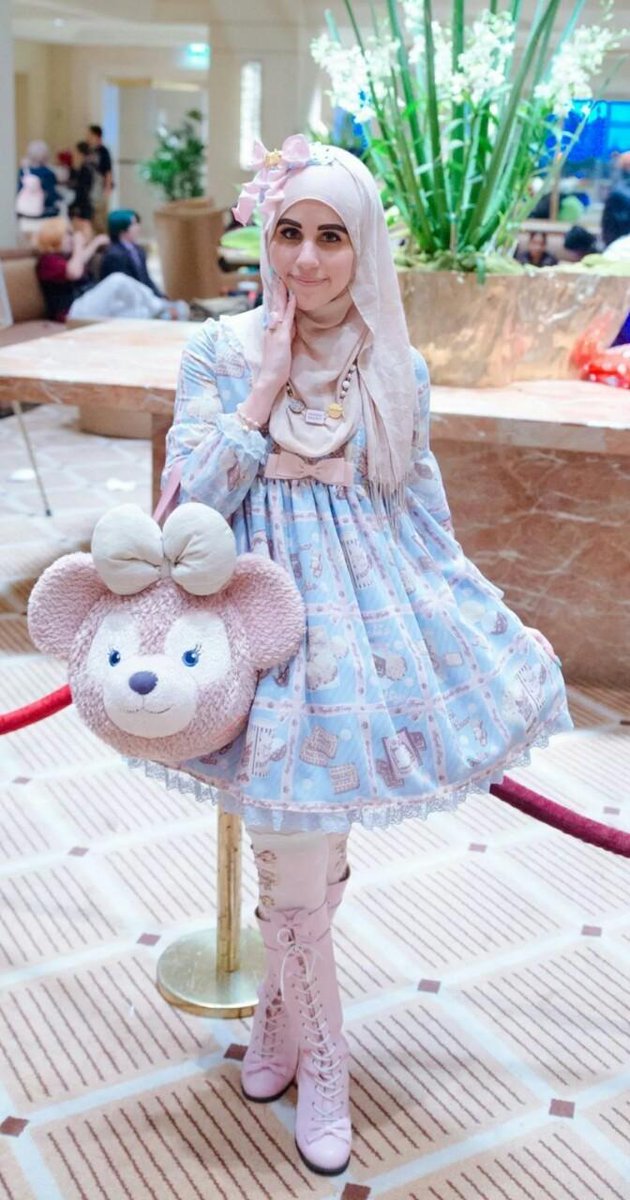Question for women who wear the hijab
Anonymous
| i spent a couple of weeks in malaysia and the muslim women there wear the most beautiful headscarves, some of which are adorned as you described. it really varies amongst countries. |
Anonymous
And rarely performed in a Catholic church. Most churches lack the talent and the budget to pull off a sung mass and if they did, people would probably complain about it being too long |
Anonymous
Speaking as a modestly dressing Christian only, I don't understand how this is modest. There's such a huge spectrum between head to toe black and this. |
Anonymous
They do, but it's limited to only their "navel to knee." So that's why sometimes you will see men in t-shirts and shorts with spouses in hijab and abayas. |
Anonymous
OP, Muslim women are women like everyone else, and like to beautify themselves within the rules of their religion. Hijabs are as much for modesty as they are for marking the wearer as Muslim. The Islamic world is very diverse and there are many, many ways to wear the headscarf. |
Anonymous
Incorrect, KSA requires an abaya (loose garment on top of regular clothes) only, it does not require women to cover their faces. Culturally, women in many parts of the kingdom will veil their faces but it isn't required by law. Foreign women are required to wear an abaya but not a headscarf. Realistically, it is safer to wear a headscarf but it is not mandated. |
Anonymous
But can't you beautify yourself without calling attention to yourself? I think you can. |
Anonymous
I was talking about foreign Muslim women, since we are talking about Muslim women in general. And they are required to wear a headscarf in KSA. |
Anonymous
I never assumed you were a nun. Why did you mention that? The veiled old lady in Italy was my father's cousin - a widow. |
Anonymous
These costumes are ridiculous and definitely infantile.
|
Anonymous
|
"These costumes are ridiculous and definitely infantile. "
That's why Muslima posted them as an example of a hijabi Lolita. |
Anonymous
Because men wrote religion. |



